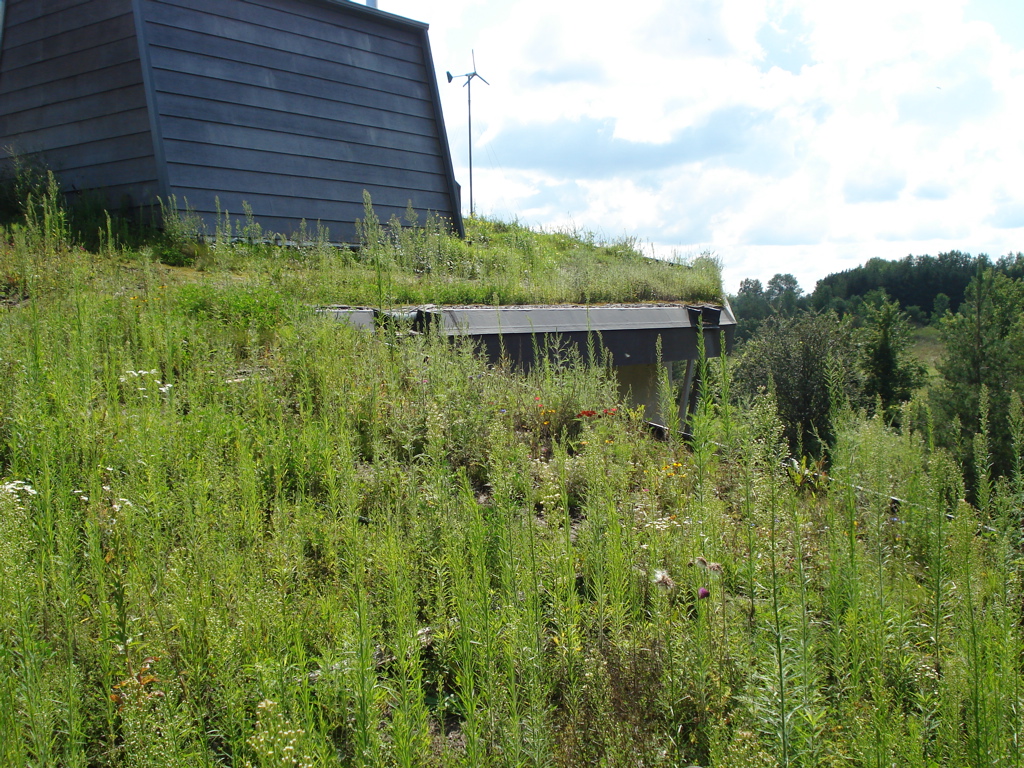Advertising
Introduction to Permaculture
Posted on Mar 18, 2013

Perhaps it is spring now as it is here in North America as we write this article, or fall if you are in the southern hemisphere. In either case, as you consider your garden, and what you plan to do with it, a quick review of the ideas behind Permaculture are a worthwhile exercise. The more you review these concepts, and the more you think about them, the more it becomes clearer that these simple ideas make a lot more sense than much of what we commonly hear day-to-day. Imagine retaining a focus on the earth, people and sharing as a core ethic in the company you work for or in the community you share. We do have a choice to live according to our own ethics. Given all the other news regarding climate change and economic uncertainty, a change towards something that works for both you as an individual but also you within community, and in fact the earth's environment makes more sense.
Permaculture is a branch of ecological design, ecological engineering, and environmental design which develops sustainable architecture and self-maintained horticultural systems modeled from natural ecosystems.
The core ethics of permaculture are:
- Take care of the earth: Provision for all life systems to continue and multiply. This is the first principle, because without a healthy earth, humans cannot flourish.
- Take care of the people: Provision for people to access those resources necessary for their existence.
- Share the surplus: Healthy natural systems use outputs from each element to nourish others. We humans can do the same. By governing our own needs, we can set resources aside to further the above principles.
Think about these core ethics. Why not apply them to your own life? Since the earth is our home, our only home, and we must share it fairly in order to maintain a livable environment, then don't these ethics make sense for all of us? As you apply them despite the "economics" you will no doubt find that the ecology of your life and your community benefits.
Ecological Design as defined by Sim Van Der Ryn encompasses:
- Solutions Grow from Place = Local Engagement
- Ecological Accounting Informs Design = Demand Driven
- Design with Nature = Holistic Innovation
- Everyone is a Designer = Community Ownership
- Make Nature Visible = Natural Beauty
So what does ecological design really mean and look like? Take a look at this house that incorporates these principles.

Ecological Design Applied to the House Design Above
- Solutions Grow from Place - local straw bale material for high insulation in this cold climate
- Ecological Accounting - solar power used throughout for long term financial and ecological payback
- Design with Nature - take advantage of natural features like land sloping to the south, shading structure to reduce over-heating in summer when sun is high in the sky, while capturing heat in the winter when the sun is low in the sky
- Everyone is a Designer - "barn raising" style straw bale construction shares knowledge on how to build your own home while using materials from a neighbour
- Make Nature Visible - green roofing replaces the soil that is removed when the house is built

Permaculture design emphasizes patterns of landscape, function, and species assemblies. It asks the question, "Where does this element go? How can it be placed for the maximum benefit of the system?" To answer this question, the central concept of permaculture is maximizing useful connections between components and synergy of the final design. The focus of permaculture, therefore, is not on each separate element, but rather on the relationships created among elements by the way they are placed together; the whole becoming greater than the sum of its parts. Permaculture design therefore seeks to minimize waste, human labor, and energy input by building systems with maximal benefits between design elements to achieve a high level of synergy. Permaculture designs evolve over time by taking into account these relationships and elements and can become extremely complex systems that produce a high density of food and materials with minimal input.
Natural Home Documentary
The design principles which are the conceptual foundation of permaculture were derived from the science of systems ecology and study of pre-industrial examples of sustainable land use. Permaculture draws from several disciplines including organic farming, agroforestry, integrated farming, sustainable development, and applied ecology. Permaculture has been applied most commonly to the design of housing and landscaping, integrating techniques such as agroforestry, natural building, and rainwater harvesting within the context of permaculture design principles and theory.
Theory
The 12 permaculture design principles
Permaculturists generally regard the following as its 12 design principles:
- Observe and interact: By taking time to engage with nature we can design solutions that suit our particular situation.
- Catch and store energy: By developing systems that collect resources at peak abundance, we can use them in times of need.
- Obtain a yield: Ensure that you are gett